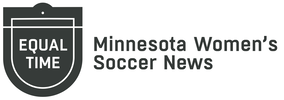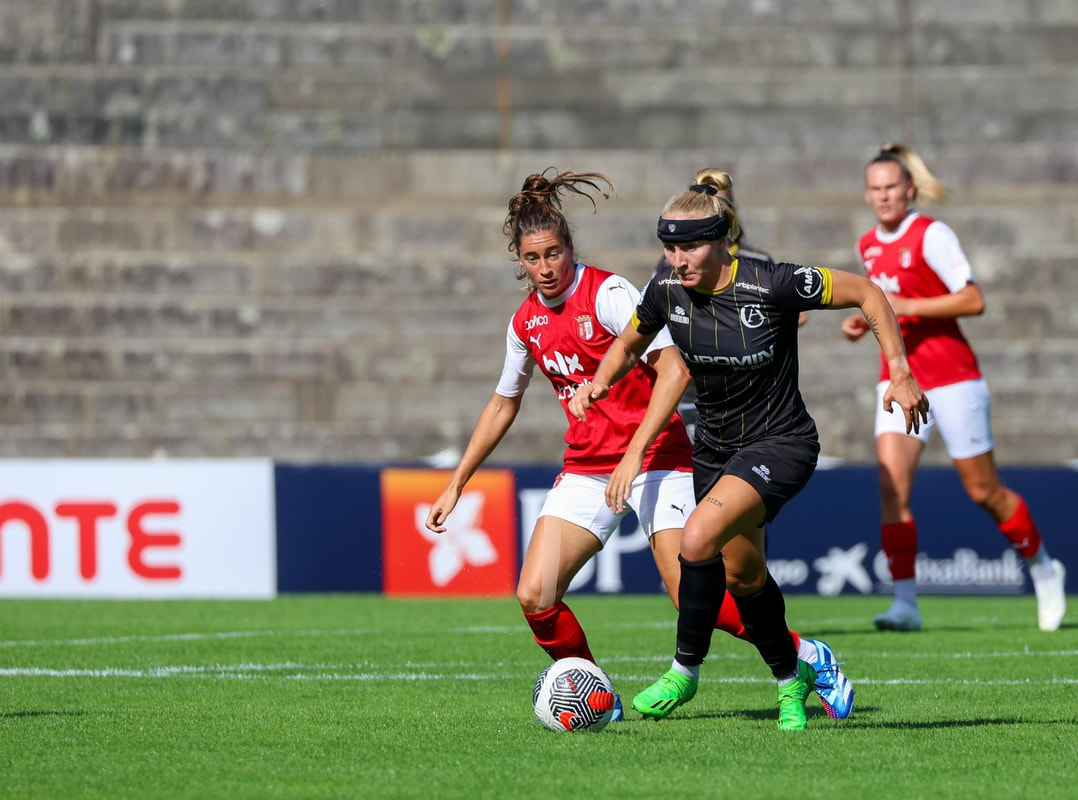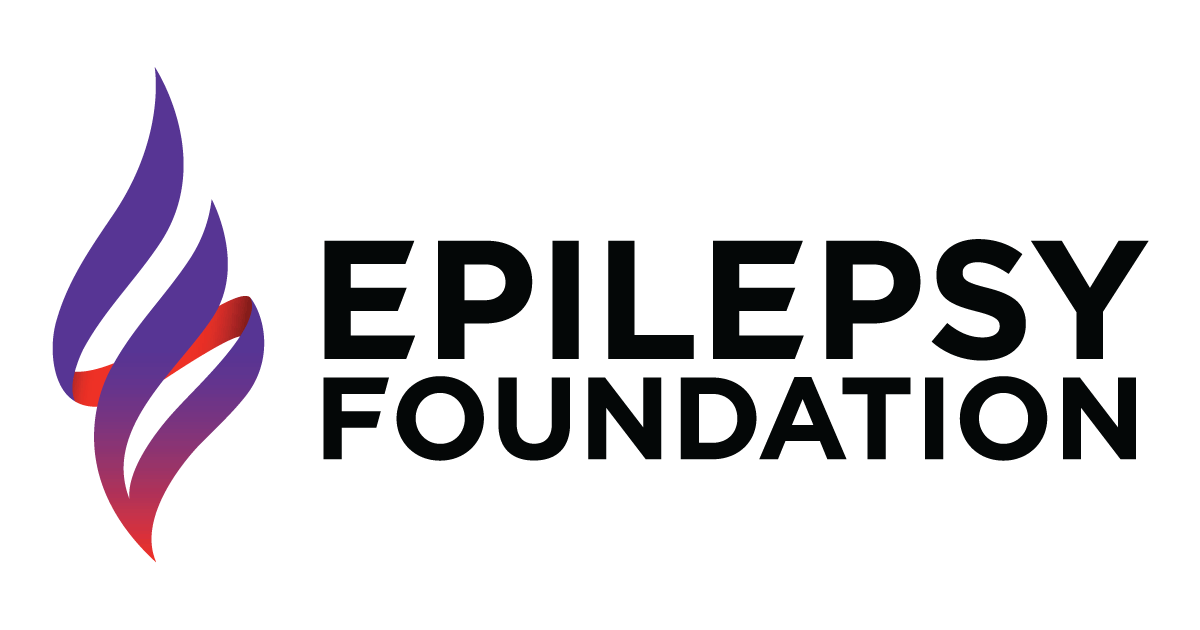|
Author: Emily Bunnell  Concussions have been my most frequent injury in my athletic career. Concussions are an injury that affects everyone uniquely, and the recovery can be unpredictable. Thankfully, I have grown up in an era of greater understanding and awareness for concussions. Head injuries are no joke. As much as I have advocated “I’m fine” after a knock to the head, I am grateful for my athletic trainers and coaches for knowing better than to let me continue to compete. That’s not to say I haven’t always told the truth or found loopholes in the system, but as I have matured I have come to understand that the game is not as important as having a functioning head on my shoulders. My first experience with head trauma came at age seven when I was in gymnastics. Young Bunnell decided it’d be a good idea to try a new skill on the balance beam, a skill I had yet to master on the floor. Naturally, I landed straight on my head and needed a couple stitches. This was in 2005 and my concussion testing in the emergency room involved attempting to complete an iSpy book. I completed it, so it was determined I didn’t have a concussion. I assume iSpy books have since been removed from concussion protocol. Around that same time, I was also playing club soccer. My club soccer team Bangu Tsunami (which eventually became part of Minnesota Thunder Academy) decided to provide headgear for all youth players in their programs. This decision taken by a club – protecting youth soccer players from head injuries – was so far ahead of its time. I wore mine all the time and still do. This was a formative moment in my soccer career that allowed me to be fearless in the air with my head. And it was at the very beginning of a shift in youth sports to protect young athletes against head injuries. Although it wasn’t perfect, and protocols were not very sophisticated, the information and awareness surrounding athletes and head injuries was beginning to make its way forward. Physical Play, Intense Impacts Since then, I have had many head bumps, minor concussions, and even a broken nose or two while playing. With my style of play, even while wearing headgear, knocks to the head are bound to happen. However, from my experience and familiarity with head trauma from a young age, it took me a little too long to take the health of my brain seriously. I had always bounced back pretty quickly and each head injury had been far enough apart from one another that I wasn't experiencing any long term issues. I made it through most of my college career with the same trajectory – bump here and there – when I finally experienced my first real, substantial head injury. Two minutes into a game at Utah Tech while playing for Seattle U, my teammate and I collided heads while going up for a defensive clearance. I actually remember quite a bit from that moment. I knew I got hit and fell down, and then my teammate yelled “there’s blood!” My first thought was “Jeez, I must’ve got her good” until I regained some focus in my eyes. My next thought was “Oh shit, it’s my blood. I broke my nose. Will I need a nose job?” I have no idea why that was the first thing to go through my head – it’s a little funny looking back. But then my athletic trainer got to me, I stood up, and started walking the wrong direction. Once she got me off the field, all I wanted was some cotton stuck up my nose and to get back on the field. Thankfully, instead, my athletic trainer got me to lay down and started to clean everything up andI realized I couldn’t see. It wasn’t my nose, it was my eye. Realizing I could not see out of my right eye, I accepted that maybe I wasn’t going back in the game. I was forced to take this concussion seriously. It helped that my orbital bone was fractured and I wouldn’t be able to play while the bone healed for the next 8-12 weeks. I would follow normal concussion protocol as provided by my athletic trainer but hold off full contact play until I was cleared by the ENT specialist. I was also in physical therapy to regain movement in my eye and focus in my vision. I was doing all the right things to get back on the field right after winter break. One month and six days after the initial head injury, I woke up on a Monday morning to someone yelling my name at me. As I lay on the floor of my apartment, a strange feeling of euphoria rushed over me. I was confused, but I was just so happy to be here, wherever that was. When I started to come to, I was helped onto a gurney. I learned the man was an EMT, and I was told I had a seizure while I was waking up. My roommate heard me fall out of bed and she came to check if I was okay. She found me having a grand mal seizure. Gabe is a literal angel, her response to my medical emergency was incredible. So I found myself back in the hospital, more imaging, more testing, more doctors. In December 2021, I was diagnosed with epilepsy. I was confused, who gets diagnosed with epilepsy at age 22? The CT scan showed an abnormal area of gray matter on the left side of my brain, but I had all my recent head trauma on my right side. Although the head trauma did not cause the epilepsy, it may have triggered a form of epilepsy I was born with. It was a lot of information to learn all at once, especially still being concussed, broken, and in my “seizure hangover” stage. I didn’t know what all this meant for me. What would playing with epilepsy be like? Could I still head the ball? What if I had another? It was a really hard and confusing time for me. I experimented with a couple different medications and dosages for several weeks before finding one that worked for me. Four months later, I was able to begin playing again. I would play my sixth, and final, season at Seattle U without a second thought. I was still wearing my headgear, but the events of the past year hadn’t fully sunk in. It took me almost two years to feel like my normal self again. Turning Point, Protocols In late September 2022, Miami Dolphins QB Tua Tagovailoa had returned shortly after one concussion before getting concussed again. I watched that hit, and the aftermath of his symptoms on national television. That was a turning point for me. Not my own personal pain or seizure or warnings from medical staff. It was watching a football player on TV. That could legitimately be me if I took another hit, or cut corners on a head injury recovery. I began to fully understand that there needs to be a balance. I can’t be reckless in the air, my headgear clearly can’t protect me from everything. But I also can’t play scared – which can be equally as dangerous. I needed to learn to see and pick the right moments to go in for aerial challenges. Either I go 100% fully believing I will win the ball or maybe that is not a moment to put myself at risk. It was trial and error learning from my concussions, and still is, but it was a learning curve that I know will benefit me in the long run on and off the field. Thankfully, things finally seemed under control. My medication seemed to be working and I had been seizure free since that incident. As I prepared for my transition to professional soccer, I felt I was ready. But moving abroad for my first professional playing opportunity also presented a unique set of challenges. As many players had warned me, concussion protocol for women’s professional soccer abroad is not always held to the same standard as it is in America. Of course, this is varied among teams, medical staff, etc. for each team, but generally this is what I was prepared for. What I was not prepared for was being told I did not have epilepsy by a medical professional during my initial physical, despite bringing all my medical paperwork, prescriptions, and doctors notes. I had to fight tooth and nail for the medical professional to write me the prescription I needed, but I did finally get my medication. The club staff and my roommates were aware of my diagnosis. Because I believed it was important for people around me to know that, however unlikely, that I could possibly have a seizure. Thank goodness I let them know. March 17th, while out to dinner with a friend, I said “I kinda feel weird.” Next thing I remember is waking up in the ambulance. I had had my second seizure, this time in a foreign country. I was nervous, a lot of doubts flooded in my head while I sat in the gurney at the hospital. What will the recovery look like this time? Will I have similar mood swings? I was scared I wasn’t going to be “me” for awhile again. Due to the nature of my seizure, and the fact it was not in correlation with a concussion, I felt like myself again before leaving the hospital. My friend, Jaime, who was at dinner with me, was amazing. She caught me before I could injure myself, got help from other people in the restaurant, and called 112 (the 911 of Portugal). I had not experienced any recent head trauma, which was reassuring. But for whatever reason, I had an episode and needed time to recover once again. The aftermath of my seizure was much smoother this time around. I took 72 hours to return back to training. I saw a neurologist, who upped my medication dosage. I had some symptoms with the change in dosage, but I was able to adapt within a couple weeks. I feel very fortunate that I did not have the same process and effects as the first seizure. But, I still don’t know the cause of this one. It could have been lack of sleep, having traveled to Madeira a few days prior for a game, or it could have been stress. I recently had needed to take some time away from playing to rest due to a nagging patellar tendon and, as any athlete knows, when you are injured you are under increased stress. Eventually I may be able to pinpoint the cause, but for now it really doesn’t matter. I have taken steps to really prioritize my recovery. Along with my medication, I try to get 8-9 hours of sleep a night. My nutrition has become a huge part of my daily routine – tracking my macros for optimal performance and recovery. I started working on reducing stress with journaling (which I have done off and on for the majority of my life) as well as using mental imagery. And the big two, since my seizure I have completely cut out alcohol consumption (which was not hard) and reduced my daily caffeine intake to ~90mg or less a day, roughly equivalent to a cup of coffee daily (this one was way more difficult). My job depends on my body. Taking better care of myself, especially as I enter my mid-20s, has already had a positive impact on my performance and my overall health. For anyone out there who comes across a friend or teammate who has epilepsy, here are a few helpful tips in the case someone has a seizure:
Link to donate to the Epilepsy Foundation: https://give.epilepsy.com/page/33651/donate/1 If you want to support our coverage of Minnesota women's soccer, you can start for as little as $2/month on Patreon or by sharing this piece to social media!
1 Comment
Gloria Bunnell
5/9/2024 12:29:53 pm
Love her and know she will be a great coach someday!
Reply
Leave a Reply. |
Full Archive
July 2024
|



